Ferruccio Lamborghini's bold challenge to Ferrari began in 1964 with the 350GT, but it was the arrival of the Miura - arguably the founder of the supercar class - that established Lamborghini as a major manufacturer of luxury sporting cars. The Miura project first surfaced as a rolling chassis displayed at the 1965 Turin Motor Show, but was not expected to become a production reality. Nevertheless, by the time of the Geneva Salon the following year, the first completed car was ready for unveiling to a stunned press and public. Designed by Giampaolo Dallara, the Miura carried its transversely mounted engine amidships in a box-section platform chassis, the latter clothed in stunning coupé coachwork styled by Bertone's Marcello Gandini Like the contemporary 400GT, the Miura used the 4-litre version of Lamborghini's Giotto Bizzarrini-designed four-cam V12. With 350bhp available, the Miura was capable of shattering performance, a top speed of 180mph being claimed. Initial Miura development concentrated on chassis strengthening, the improvements being consolidated in the S version introduced at the Turin Motor Show in 1968. Produced from January 1969, the Miura S featured a more-powerful (375bhp) engine, and was outwardly distinguishable from the preceding model by its slightly wider tyres and chromed window surrounds. Faster and more durable than its forbear, the S is considered by many to be the ideal Miura, retaining as it does the stylistic purity of the original concept, yet lacking the added weight of the SV. Just 140 examples were built before the introduction of the latter in 1971. There was also, briefly, a solitary competition version. Brainchild of Lamborghini development engineer Bob Wallace and known as the 'Jota', it featured bodywork crafted in aerospace light alloy, Plexiglas side windows, racing suspension, Campagnolo magnesium wheels and an engine tuned to produce 440bhp. Sadly, this car was destroyed in a fiery road accident in 1972. Inspired by Bertone's one-off open-top Miura Roadster shown at the Brussels Salon in 1968, chassis number 4808 features Jota style bodywork and special suspension, and was constructed as a 'Jota Spider' by Swiss Lamborghini concessionaire, Lambomotor AG and shown at the Geneva Salon in 1981. The ‘Jota Spider’ generated so much publicity that rumours abounded of the factory putting it into production, but it remained unique and has since been featured in most books on the marque. Acquired by the last owner in the late 1980s still in show configuration, the car was restored by RUF (Zurich), engine rebuild included, in 1991 and has covered only 2-3,000 kilometres since. Originally white but since re-painted silver grey, the car has black/grey leather interior and was purchased by the current owner at BROOKS’ 2001 Geneva sale. Unique, versatile and highly desirable, it is offered with cancelled Swiss Permis de Circulation. Local taxes will be liable if the car remains in the EU, but it may be imported at the preferential rate for historic cars via Great Britain or Monaco (if the buyer is a Monegasque resident). Elle a le nom d'un célèbre éleveur de taureaux d'arène particulièrement vicieux, Don Eduardo Miura, la berlinette dessinée par Marcello Gandini sur un châssis de Giampaolo Dallara, de Bob Wallace et de Paolo Stanzani. Présentée au Salon de Genève en mars 1966, il fut évident pour tous qu'on était en présence de l'une des plus fantastiques voitures de sport jamais produites et qu'elle resterait pour toujours un objet "culte". La chaleur et le bruit produits par le moteur central n'empêchèrent pas de nombreux acquéreurs potentiels de signer un bon de commande mais ils durent attendre une année pour que soit mise finalement en route la production. Durant les deux premières années de production 292 exemplaires furent produits. Le moteur V12 double-arbre de 3929 cm3 développait 350 CV à 7000 tours/ minute, alimenté par quatre carburateurs Weber et accouplé à une boîte cinq vitesses, do
Ferruccio Lamborghini's bold challenge to Ferrari began in 1964 with the 350GT, but it was the arrival of the Miura - arguably the founder of the supercar class - that established Lamborghini as a major manufacturer of luxury sporting cars. The Miura project first surfaced as a rolling chassis displayed at the 1965 Turin Motor Show, but was not expected to become a production reality. Nevertheless, by the time of the Geneva Salon the following year, the first completed car was ready for unveiling to a stunned press and public. Designed by Giampaolo Dallara, the Miura carried its transversely mounted engine amidships in a box-section platform chassis, the latter clothed in stunning coupé coachwork styled by Bertone's Marcello Gandini Like the contemporary 400GT, the Miura used the 4-litre version of Lamborghini's Giotto Bizzarrini-designed four-cam V12. With 350bhp available, the Miura was capable of shattering performance, a top speed of 180mph being claimed. Initial Miura development concentrated on chassis strengthening, the improvements being consolidated in the S version introduced at the Turin Motor Show in 1968. Produced from January 1969, the Miura S featured a more-powerful (375bhp) engine, and was outwardly distinguishable from the preceding model by its slightly wider tyres and chromed window surrounds. Faster and more durable than its forbear, the S is considered by many to be the ideal Miura, retaining as it does the stylistic purity of the original concept, yet lacking the added weight of the SV. Just 140 examples were built before the introduction of the latter in 1971. There was also, briefly, a solitary competition version. Brainchild of Lamborghini development engineer Bob Wallace and known as the 'Jota', it featured bodywork crafted in aerospace light alloy, Plexiglas side windows, racing suspension, Campagnolo magnesium wheels and an engine tuned to produce 440bhp. Sadly, this car was destroyed in a fiery road accident in 1972. Inspired by Bertone's one-off open-top Miura Roadster shown at the Brussels Salon in 1968, chassis number 4808 features Jota style bodywork and special suspension, and was constructed as a 'Jota Spider' by Swiss Lamborghini concessionaire, Lambomotor AG and shown at the Geneva Salon in 1981. The ‘Jota Spider’ generated so much publicity that rumours abounded of the factory putting it into production, but it remained unique and has since been featured in most books on the marque. Acquired by the last owner in the late 1980s still in show configuration, the car was restored by RUF (Zurich), engine rebuild included, in 1991 and has covered only 2-3,000 kilometres since. Originally white but since re-painted silver grey, the car has black/grey leather interior and was purchased by the current owner at BROOKS’ 2001 Geneva sale. Unique, versatile and highly desirable, it is offered with cancelled Swiss Permis de Circulation. Local taxes will be liable if the car remains in the EU, but it may be imported at the preferential rate for historic cars via Great Britain or Monaco (if the buyer is a Monegasque resident). Elle a le nom d'un célèbre éleveur de taureaux d'arène particulièrement vicieux, Don Eduardo Miura, la berlinette dessinée par Marcello Gandini sur un châssis de Giampaolo Dallara, de Bob Wallace et de Paolo Stanzani. Présentée au Salon de Genève en mars 1966, il fut évident pour tous qu'on était en présence de l'une des plus fantastiques voitures de sport jamais produites et qu'elle resterait pour toujours un objet "culte". La chaleur et le bruit produits par le moteur central n'empêchèrent pas de nombreux acquéreurs potentiels de signer un bon de commande mais ils durent attendre une année pour que soit mise finalement en route la production. Durant les deux premières années de production 292 exemplaires furent produits. Le moteur V12 double-arbre de 3929 cm3 développait 350 CV à 7000 tours/ minute, alimenté par quatre carburateurs Weber et accouplé à une boîte cinq vitesses, do
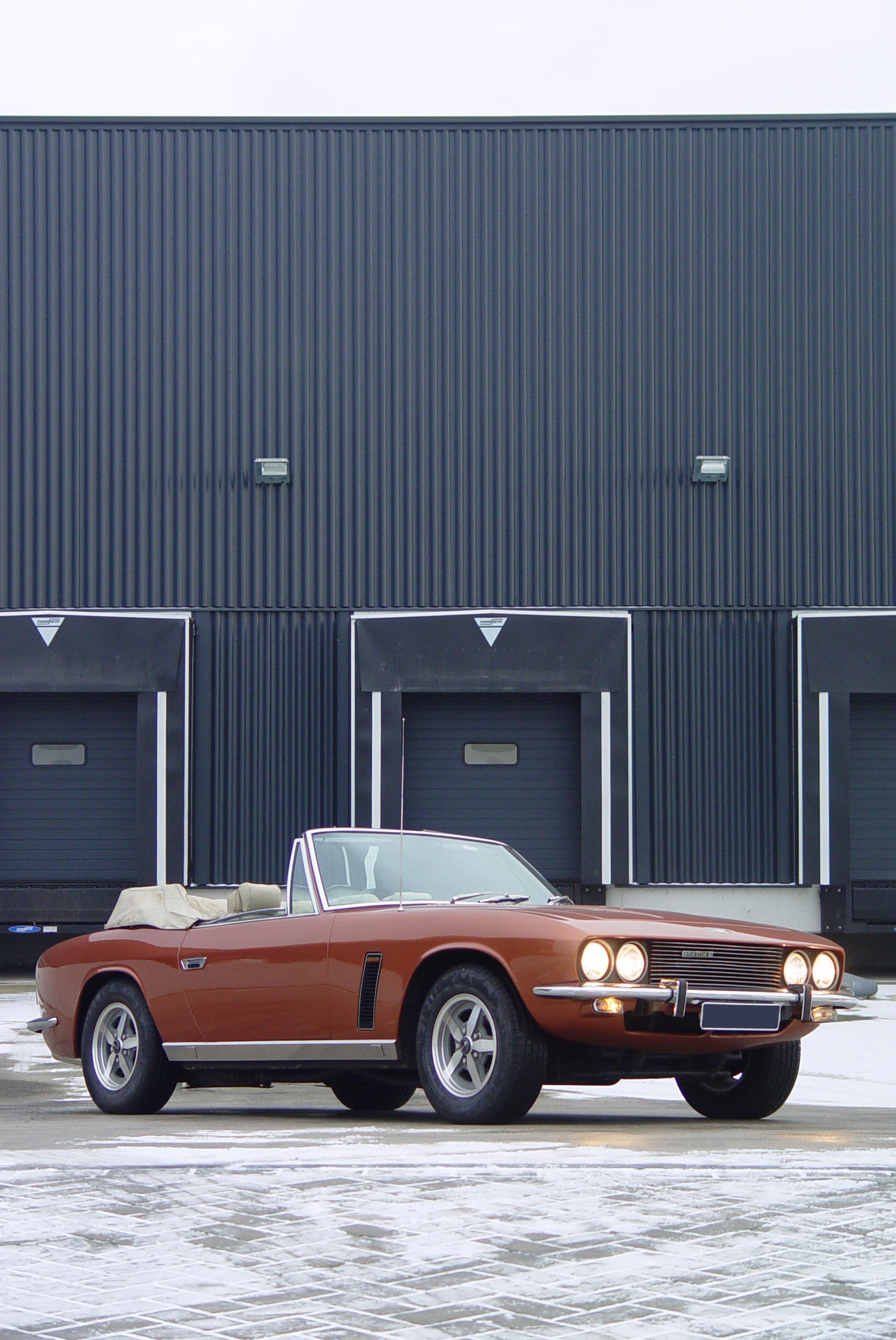
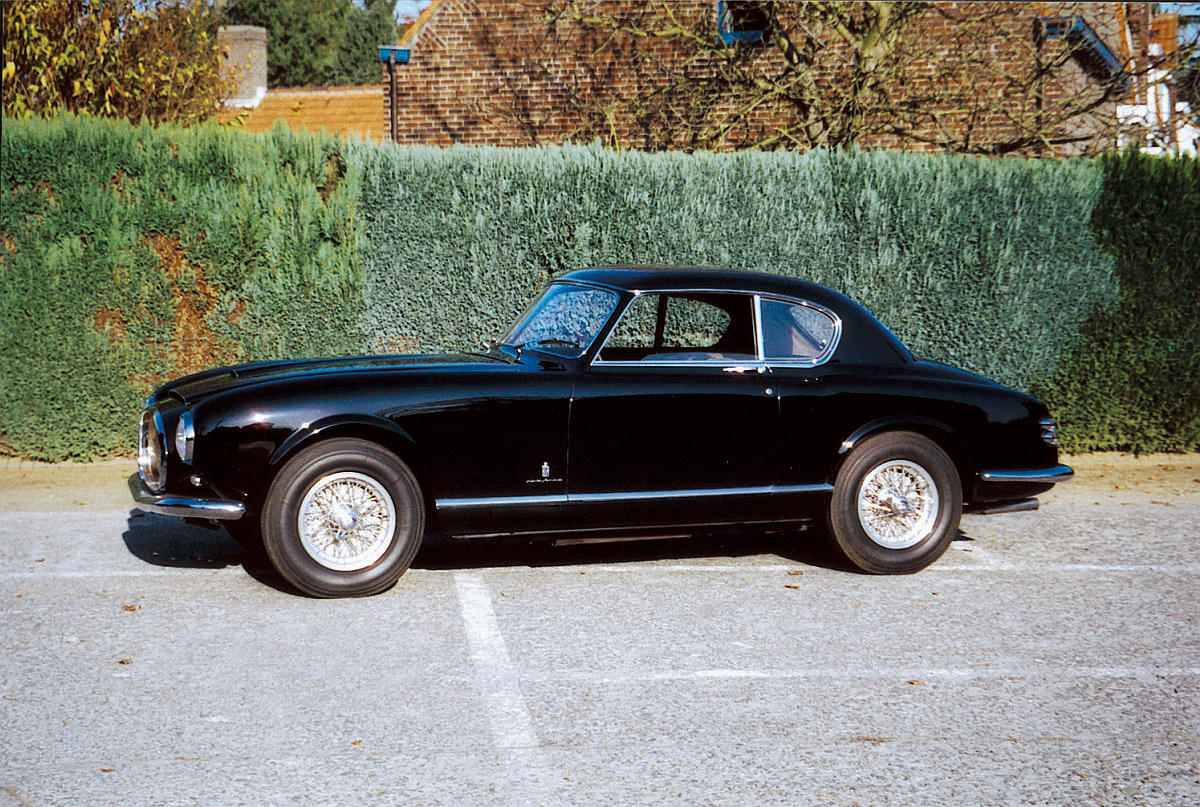
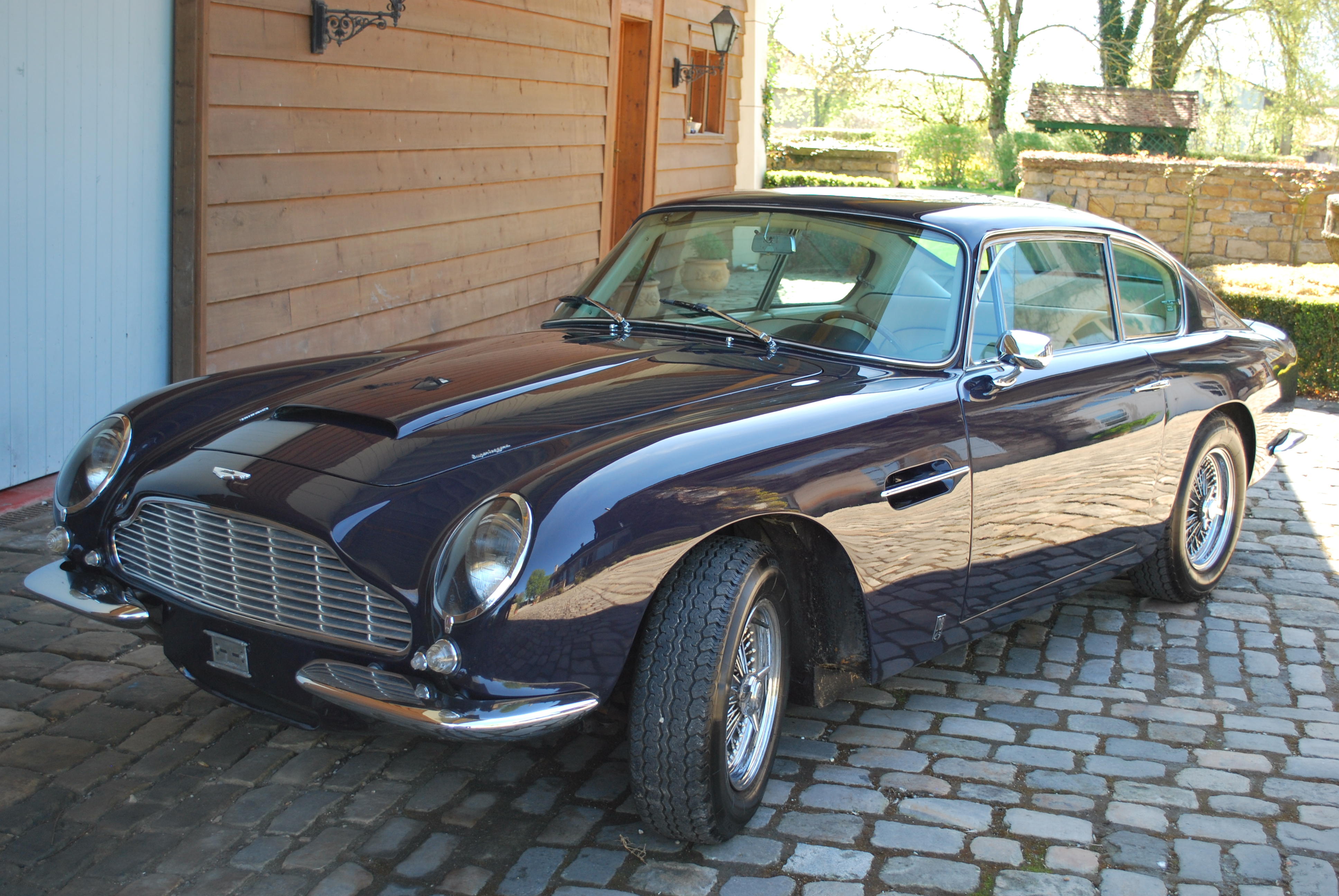

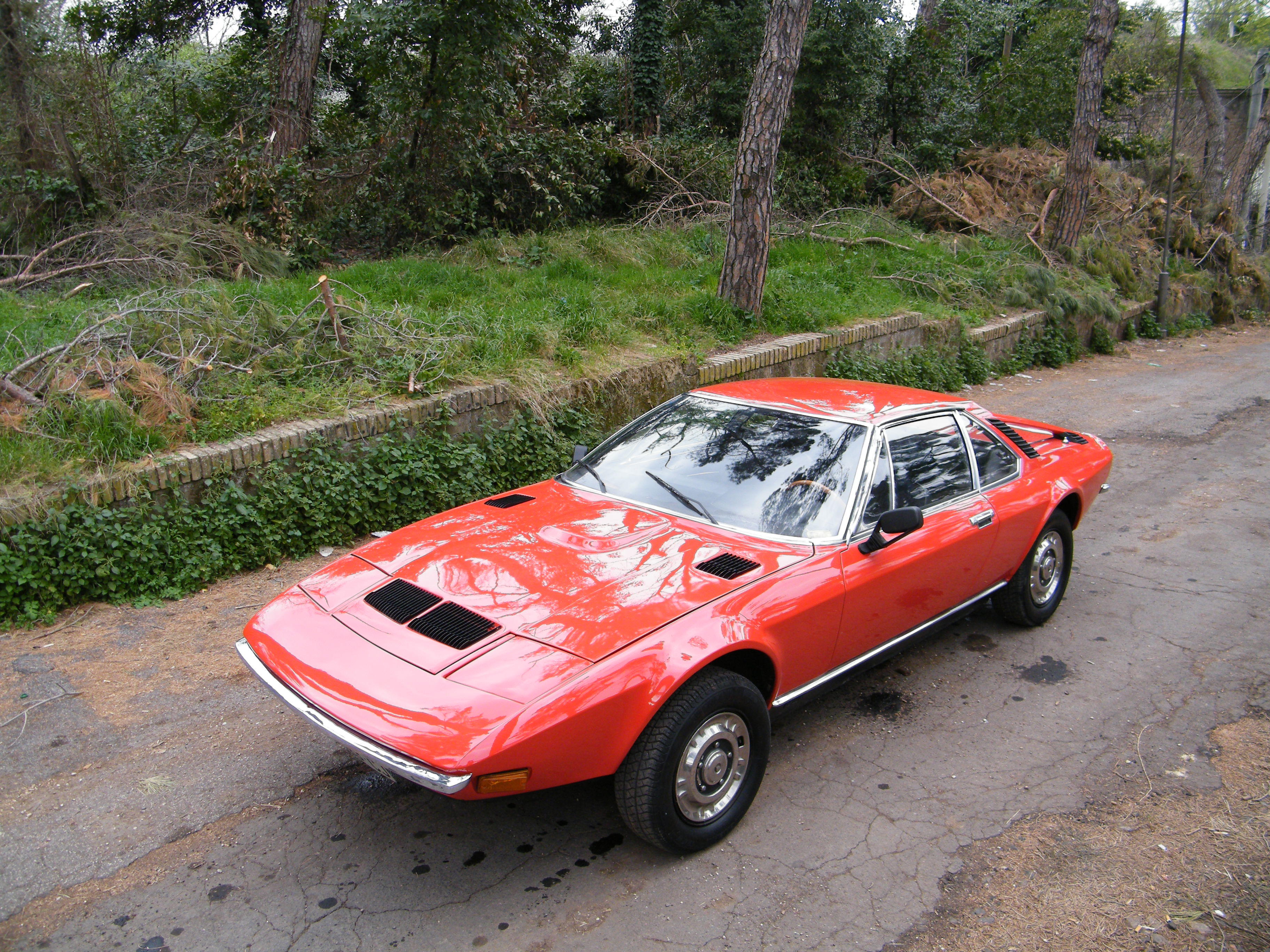
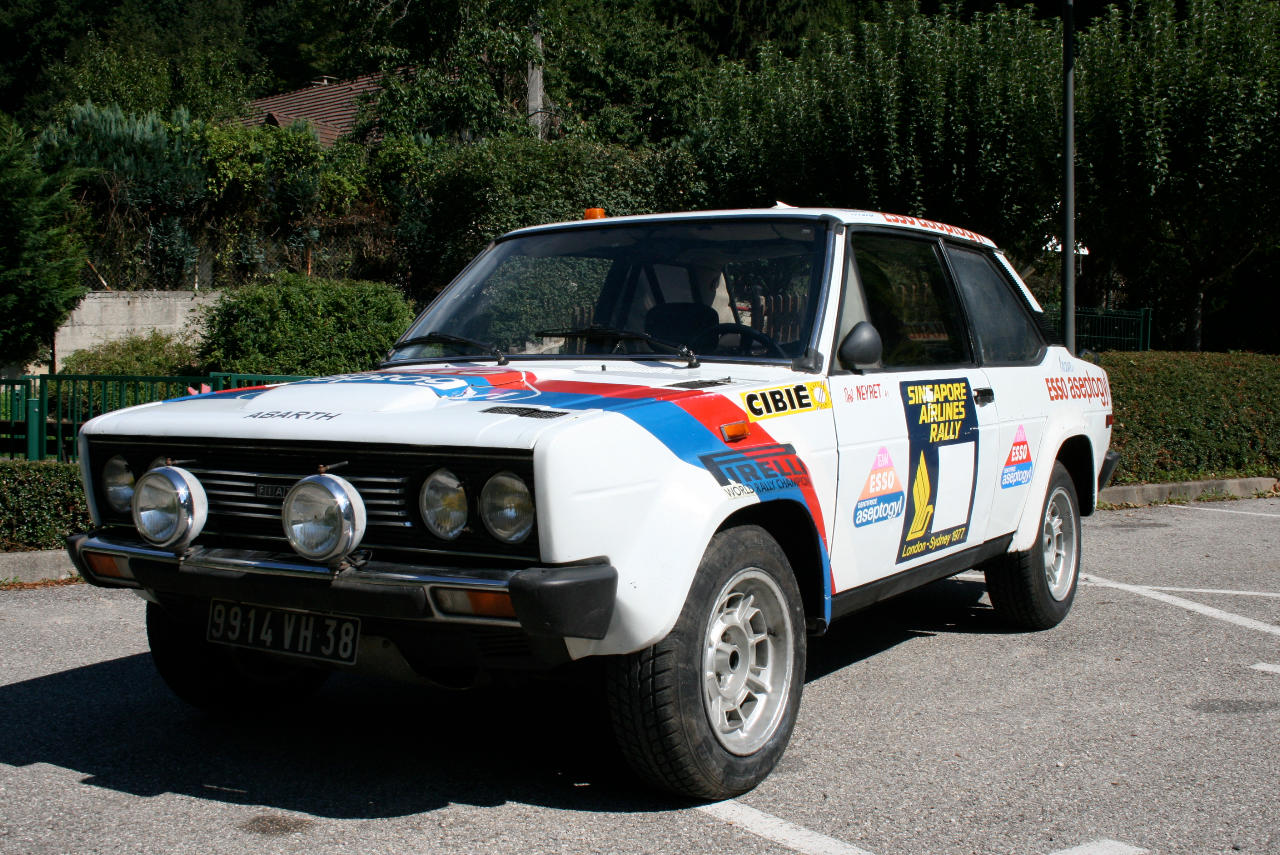
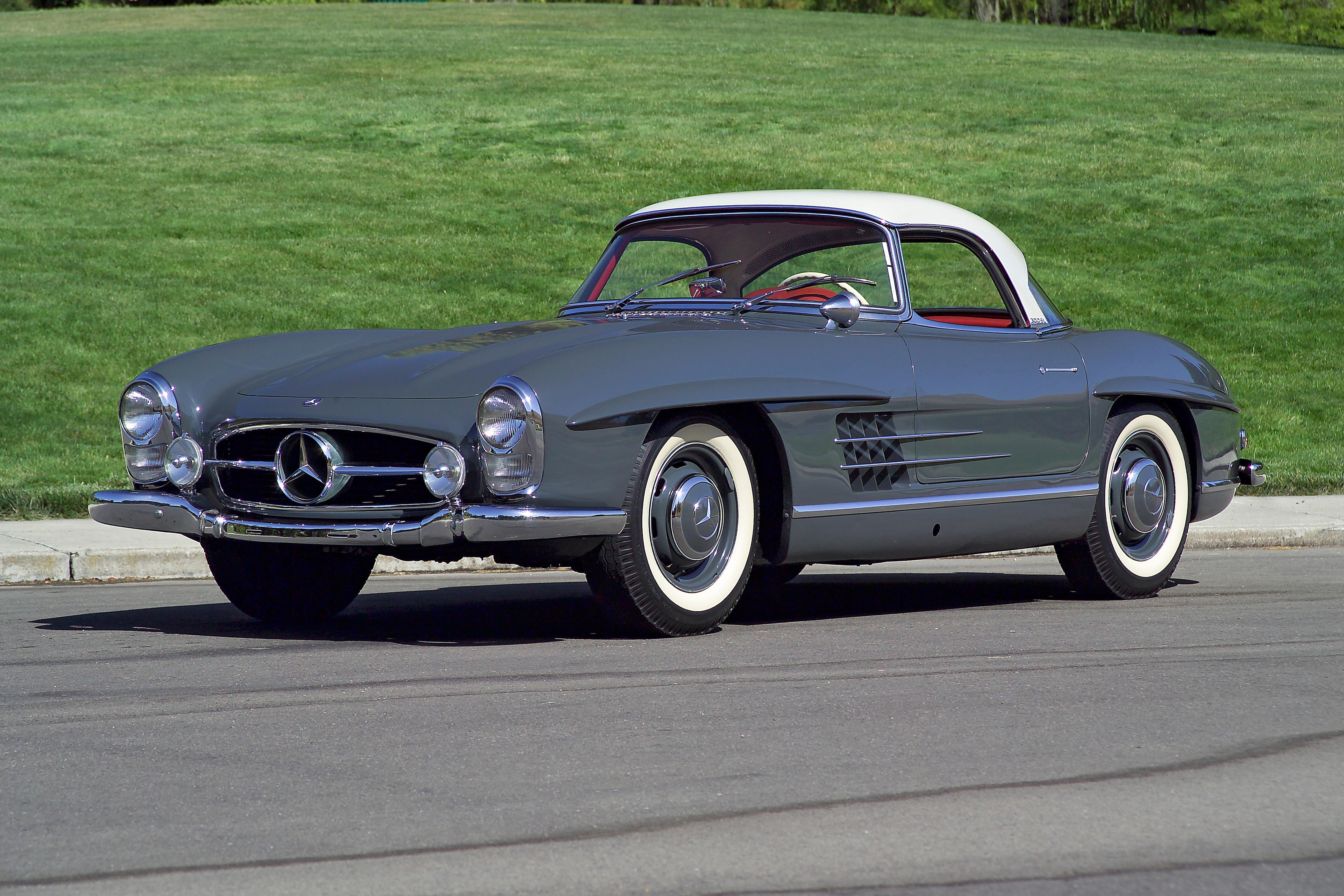

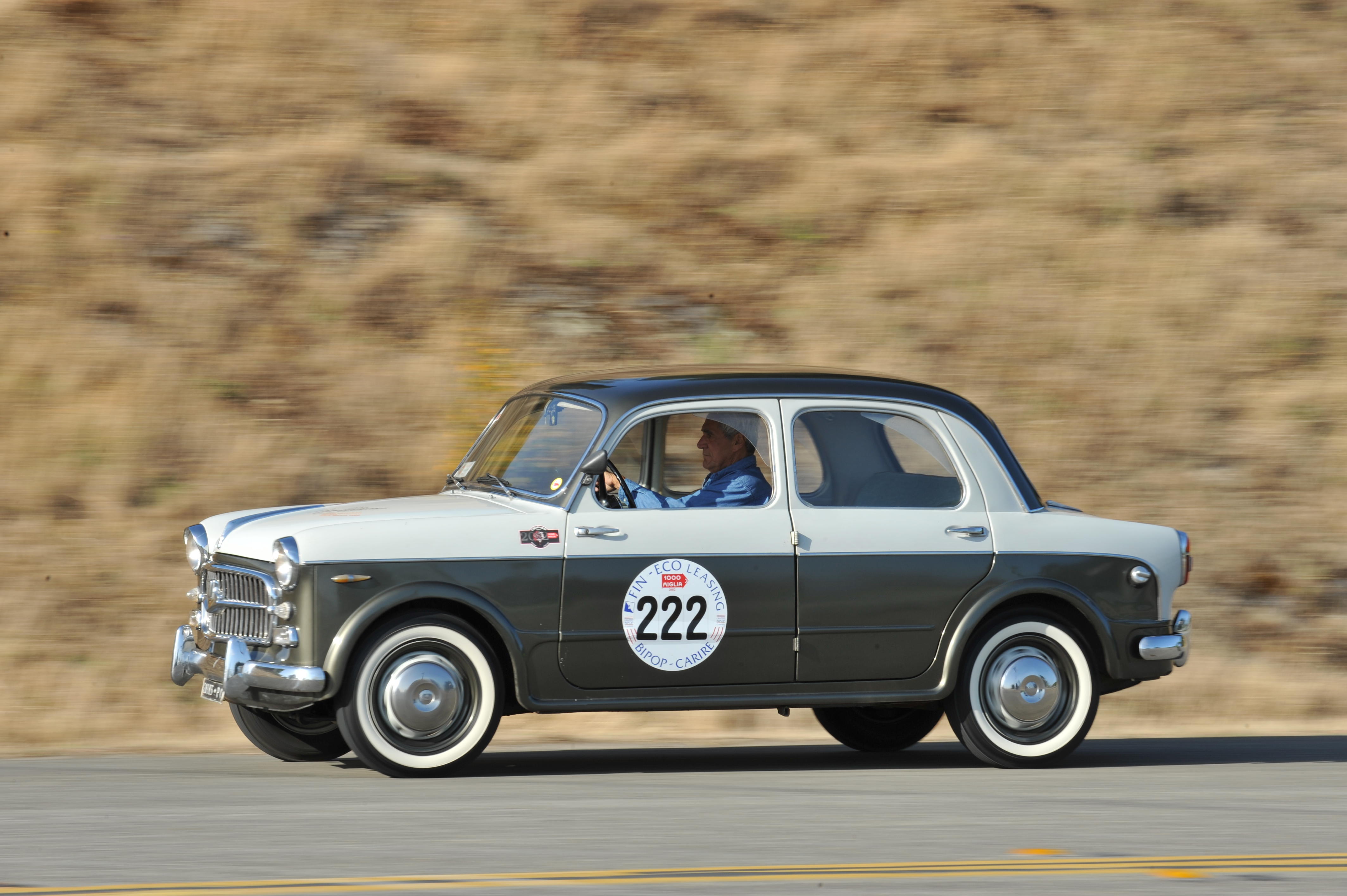


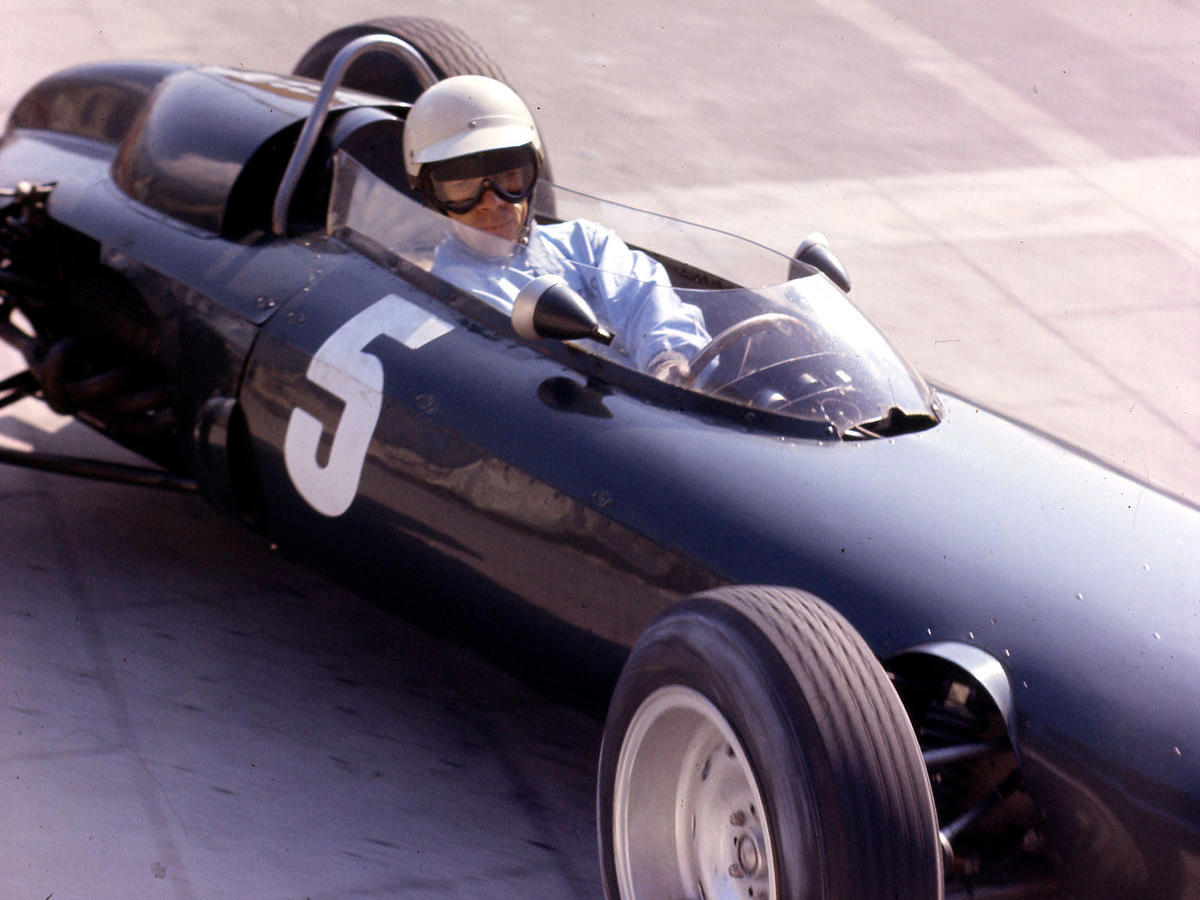


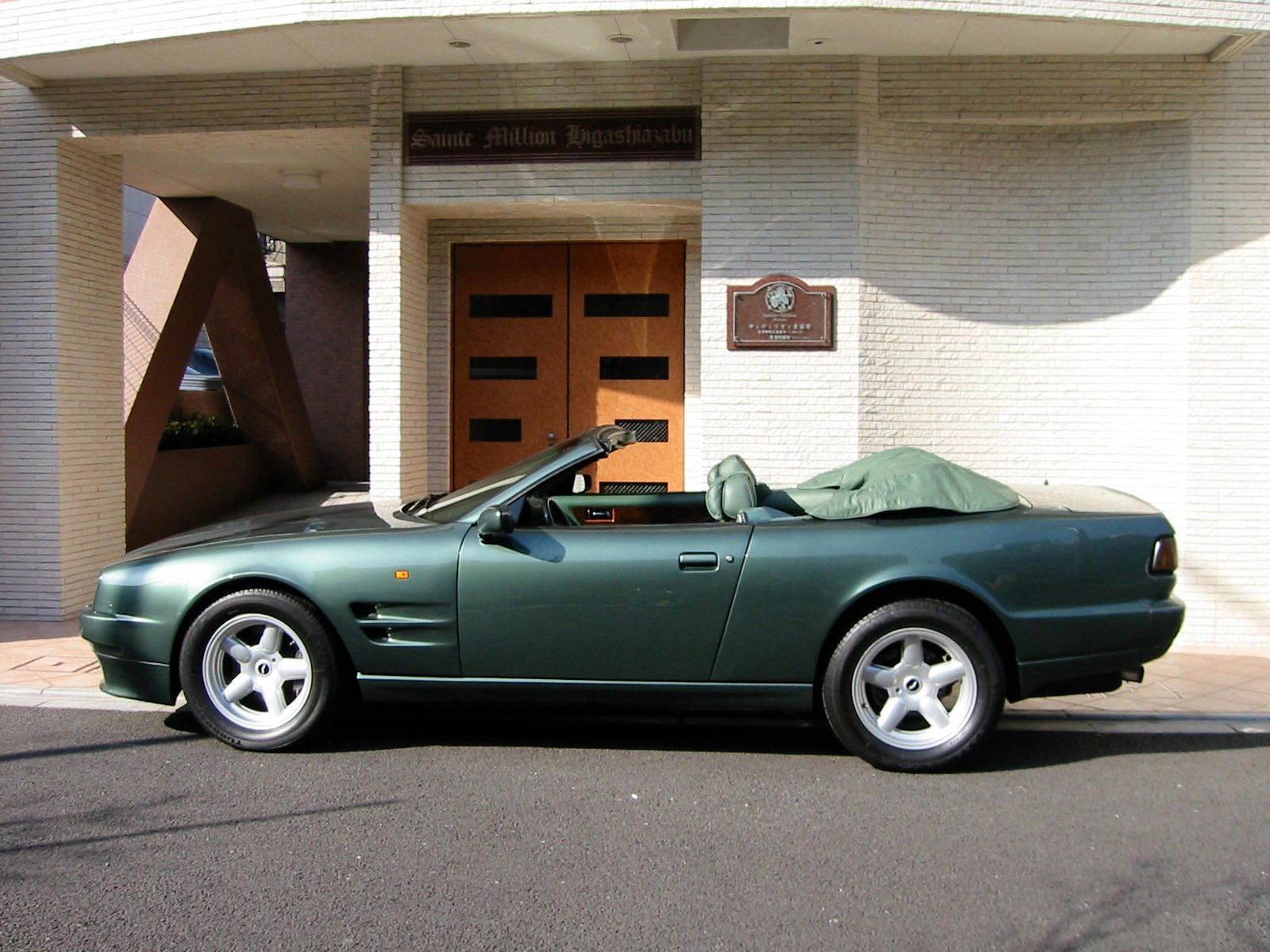
Testen Sie LotSearch und seine Premium-Features 7 Tage - ohne Kosten!
Lassen Sie sich automatisch über neue Objekte in kommenden Auktionen benachrichtigen.
Suchauftrag anlegen